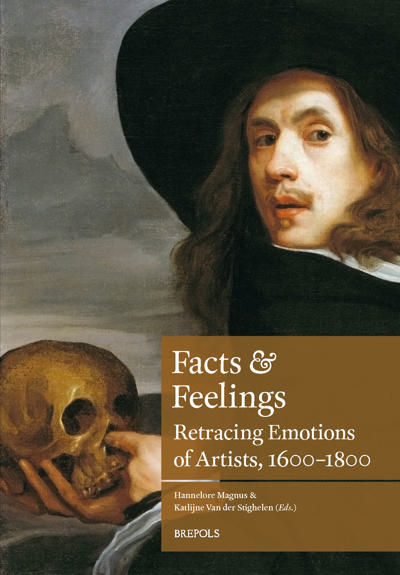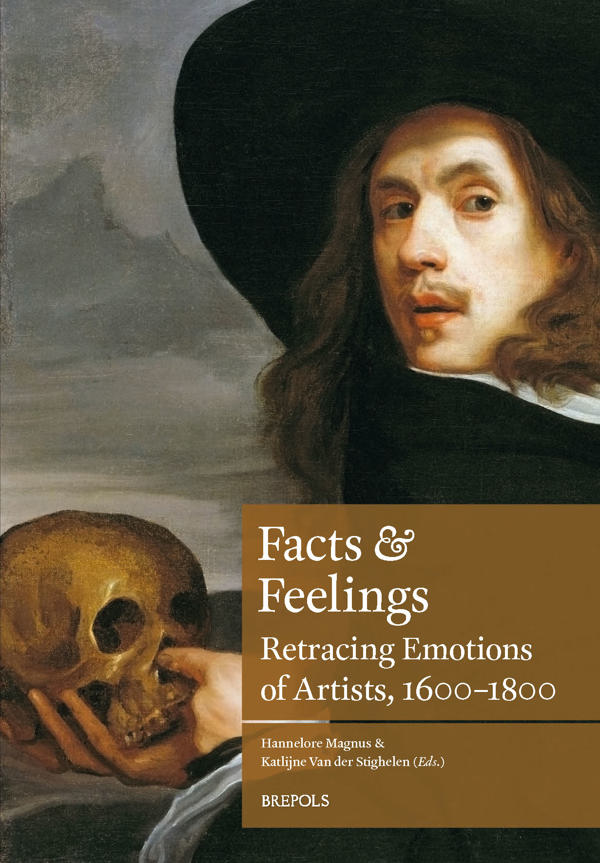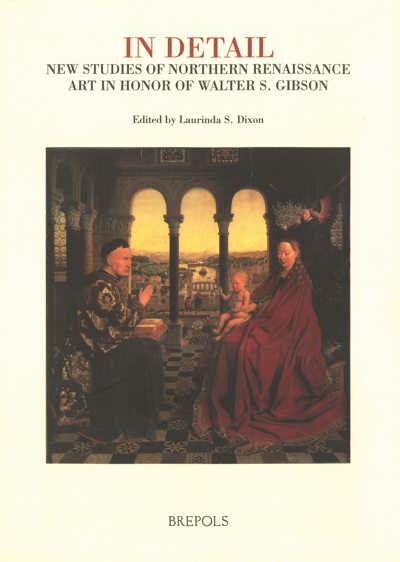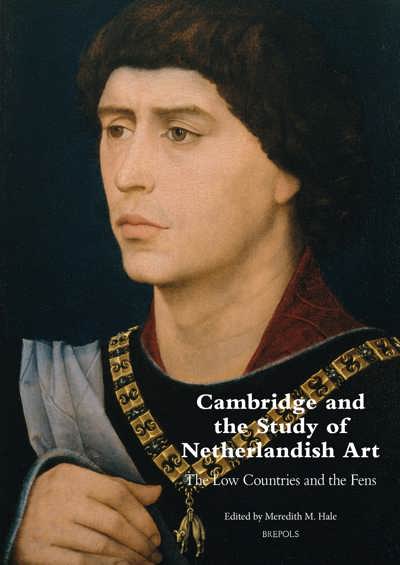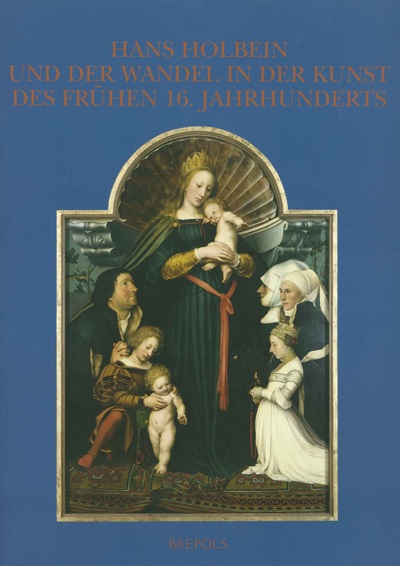
Facts and Feelings
Retracing Emotions of Artists, 1600-1800
Hannelore Magnus, Katlijne Van der Stighelen (eds)
- Pages: 228 p.
- Size:210 x 297 mm
- Illustrations:75 b/w, 4 tables b/w.
- Language(s):English
- Publication Year:2015
- € 100,00 EXCL. VAT RETAIL PRICE
- ISBN: 978-2-503-55486-0
- Paperback
- Available
This interdisciplinary volume is a unique combination of the history of early modern emotions and art history, bringing together case studies which provide us with new insights on early modern artists and their emotional lives, often based on archival and literary sources.
“This volume provides a rich and thought-provoking inquiry into how the established practice of the case study can continue to maintain its value in the age of “big data.” (Stephanie S. Dickey, in College Art Association Reviews, 44, 2017)
Hannelore Magnus is a full-time PhD. fellow of the Research Foundation-Flanders (FWO) at the same Research Unit of KU Leuven. She prepares a doctoral dissertation on fashion, dance and courting in the oeuvre of the Antwerp genre painter Hiëronymus Janssens (1624-1693).
Katlijne Van der Stighelen is full professor Early Modern Art History at KU Leuven. Her main research and publication topics are 17th-century Flemish art in general and portraiture in particular as well as woman artists. She is currently investigating aspects of technological imaging in collaboration with the University of Antwerp (Department of Chemistry) and is preparing a monograph on Michaelina Woutiers, an artist from Mons who lived in Brussels in the second half of the 17th century.
The history of emotions has gained more and more scholarly attention, evidenced by an ‘affective turn’ or ‘emotional turn’ in historical research. Many publications have appeared, and internationally oriented research centres and conferences have been set up and organized.
This volume brings the importance of a clear understanding of historical feelings into the research area of art historians. Even though the depiction of emotions is an important discipline in its own right, in this volume the concept of the artist and his or her own personal feelings, often in connection with the creation of a work of art, is prioritised. Although it is argued that a painter had to be able to feel emotions in order to depict them correctly, the articles brought together in this volume focus primarily on the traces of artist’s emotions (“feelings”) that can be derived from archival documents, secondary sources, and paintings (“facts”). Each author has tried in his or her own way to elucidate both the written and visual expressions of an artist’s (personal) emotions.
